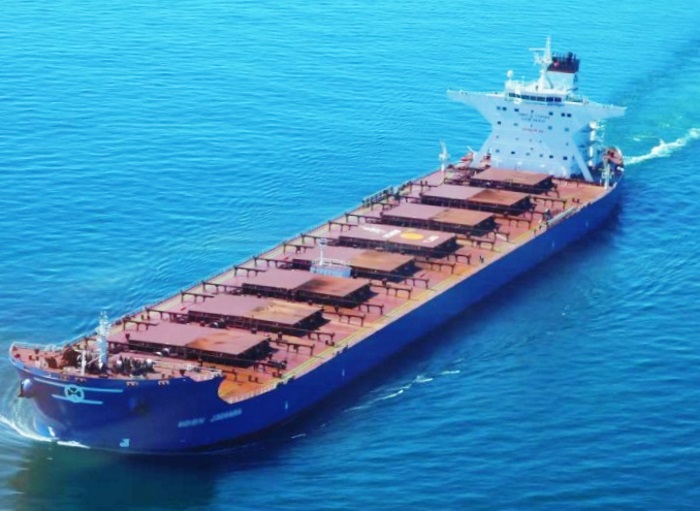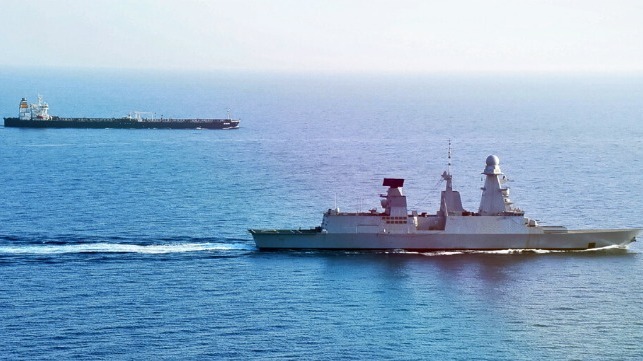Shipping In 2025: The Chinese Effect in Full Force

With the Chinese economy reeling under pressure, shipping is waiting for the government’s latest policies to take full effect and have a positive impact on demand. In its latest weekly report, shipbroker Xclusiv said that “as the world ushers in a new year, the global economy remains intertwined with the fortunes of China. While “Happy New Year” greetings resonate across borders, the focus in economic circles is keenly fixed on Beijing’s policy responses to its ongoing challenges, particularly in the property sector and their knock-on effects on commodity demand”.

Source: Xclusiv
According to the shipbroker, “in a way to be able to provide better support to the country’s economy, the People’s Bank of China is preparing for a transformative shift in its monetary policy framework in 2025, moving away from its traditional quantitative loan targets toward a more conventional interest rate-based approach similar to Western central banks. This strategic pivot represents China’s most significant monetary policy reform in recent years, driven by several key factors in the domestic economy. The change comes at a critical time, as China grapples with a property market downturn that has dampened credit demand and highlighted the limitations of the current system. The existing framework, which relies on multiple interest rates and informal bank lending guidance, has been criticized for promoting inefficient resource allocation and indiscriminate lending practices that can lead to bad debts. The transition aims to modernize China’s monetary policy toolkit, aligning it more closely with international standards used by the Federal Reserve and European Central Bank. However, the transformation faces several challenges, including the need to balance government-directed lending priorities with market-driven principles and helping financial institutions adapt to a new operating environment”.

Xclusiv added that “on the other side of the globe, the US Gulf of Mexico is poised for a significant milestone in 2025, with oil production expected to reach historic levels of around 2 million barrels per day. This achievement is driven by several major deepwater projects scheduled to come online, including Shell’s Whale field and Beacon Offshore Energy’s Shenandoah field, which together could add over 200,000 barrels per day of production capacity. A particularly noteworthy development is the industry’s growing capability to exploit high-pressure Paleogene reservoirs. Following Chevron’s breakthrough with the Anchor field in 2024, Shenandoah will become the second such field to produce from formations with 20,000 psi of pressure. This technological advancement has unlocked previously stranded resources and opened new frontiers for deepwater exploration, as evidenced by BP’s estimate of 10 billion barrels of discovered resources in the US Gulf Paleogene”.

Source: Xclusiv
“But the encouraging news about oil markets and consequently the tanker market don’t end here. India’s ambitious refining capacity expansion plans highlight its growing role in global oil markets, with a projected increase of over 20% by 2028 reaching 309 million mt. This significant growth is driven by both robust domestic demand and expanding export opportunities, particularly to Europe in the wake of geopolitical shifts. The capacity expansion strategy is notable for its dual approach – combining brownfield expansions (58% of planned growth) with new greenfield projects. Major developments include the HRRL complex in Rajasthan and Chennai Petroleum’s new 9 million mt/year refinery, both aimed at producing higher-grade fuels to meet evolving environmental standards. The scale and timing of these investments position India to potentially become an even more significant player in global oil product markets, while simultaneously ensuring energy security for its growing domestic market”, Xclusiv concluded.
Nikos Roussanoglou, Hellenic Shipping News Worldwide




